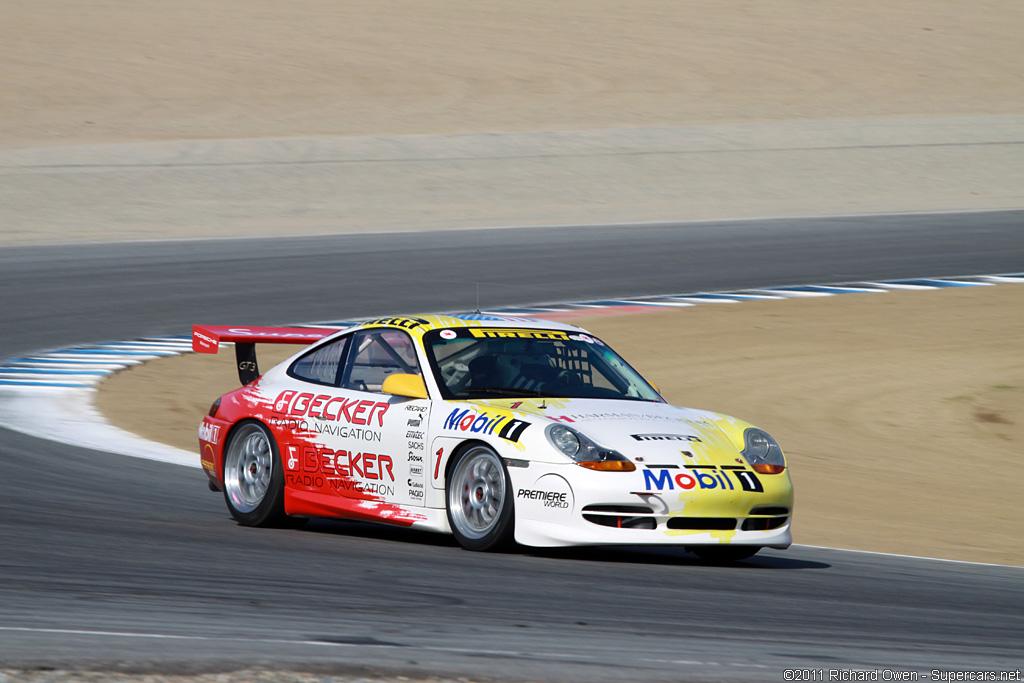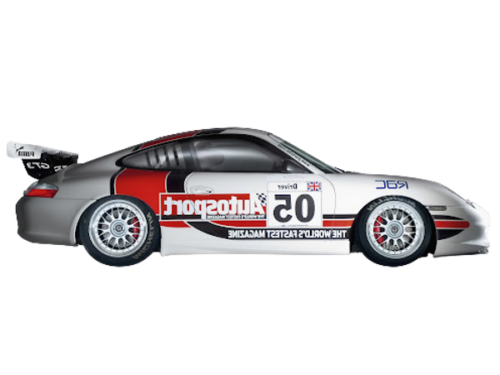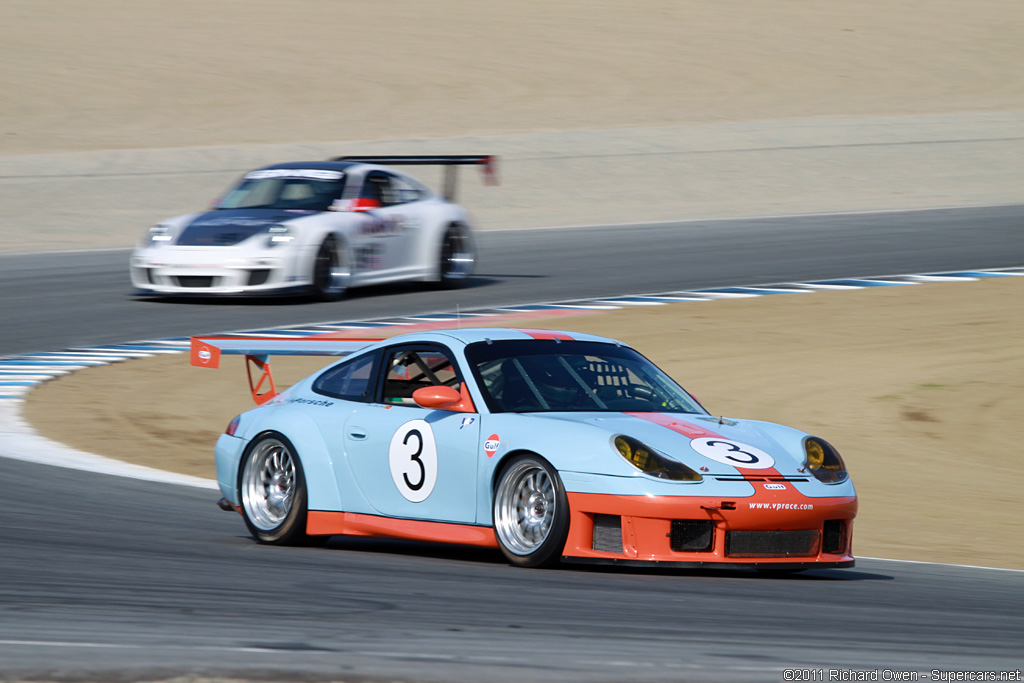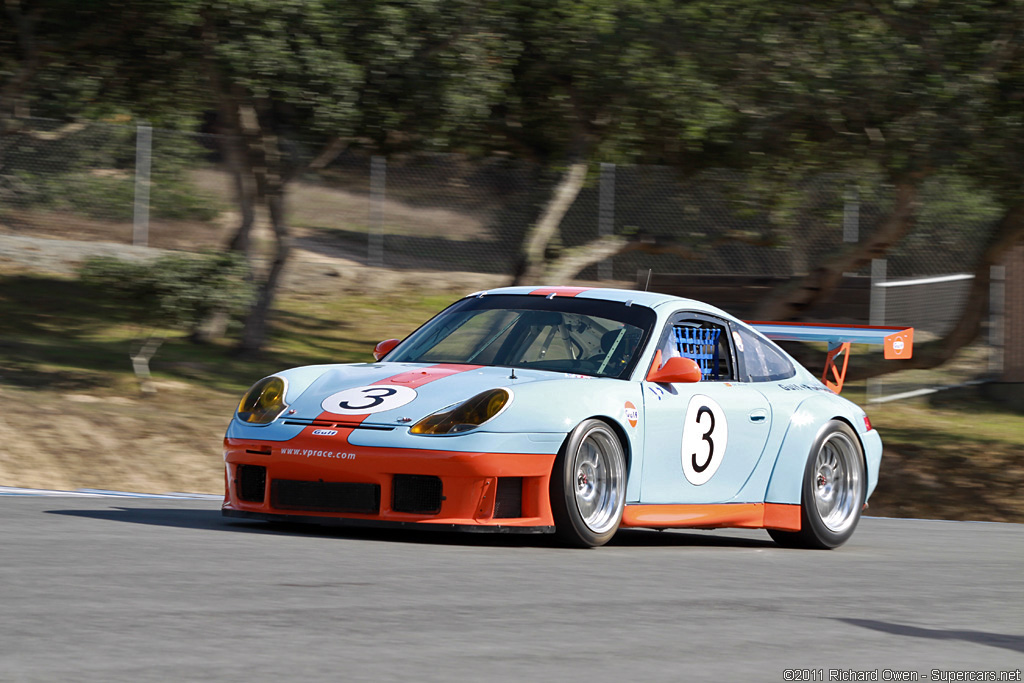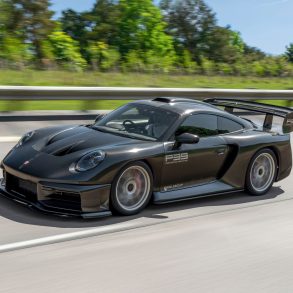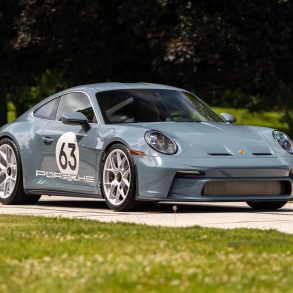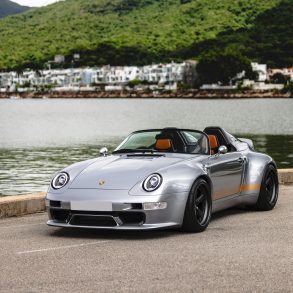(1998 – 2005) Porsche 911 GT3 Cup – Ultimate Guide
Motorsports plays such an important part in how Porsche builds roadcars. That is evident by taking a quick look at the GT3 Cup cars. The 996 GT3 Cup served as the basis for the 996 GT3 road car, featuring a 3.6 litre (bore×stroke: 100mm×76.4mm) boxer engine on based on the GT1 block rated at 265 kW (360 PS; 355 hp) at 7,200 rpm and 360 N⋅m (266 lbf⋅ft) at 6,250 rpm, with a redline of 8,000 rpm, mated to a six-speed manual transmission.
The 996 GT3 Cup got updates every season, usually in the form of more power and other performance enhancements. For the 1999 season the engine output was increased to 365 hp and 273 ft lbs of torque.
2001 GT3 Cup Car
For the 2001 season the GT3 Cup received modified aerodynamics including an enlarged rear wing and improved cooling. 2001 season modifications also bought the engine closer to the road version thus ensuring less running costs as well as better equality of chances. Thanks to these comprehensive changes the near-standard racing car achieves faster lap times, offers further improved handling and easier service.
The most obvious feature of the new GT3 Cup is its large fixed rear wing which more than doubles downforce at the rear axle. A modified front section ensures perfect aerodynamic balance. Tests prove faster lap times. At the same time tyre wear is reduced due to less skidding. Heat dissipation from the engine, gearbox and brakes was significantly improved. The front section channels the hot air from the enlarged central radiator upwards. This modification ensures that hot air no longer flows to the engine. A gearbox cowling, adopted from the 911 Turbo, improves the cooling.
For the current racing season, the standard hydraulic valve drive (HVD) replaces the special racing component that was used to date. This step in the direction of production vehicles produces two effects: The performance range of the racing car´s 370 hp, 3.6-litre boxer engine – to date maximum three percent – is further reduced. Moreover, with the adjustment of valves no longer necessary, the use of HVD reduces costs.
The performance of the 911 GT3 Cup, which corresponds to the production model by 90 percent, remains impressive. In less than four seconds the 1140 kilo rear-drive sportscar sprints from zero to 100 kph and reaches a top speed of 286 kph.
Porsche motorsport customers from around the world race the GT3 Cup in single-make series and in Gran Turismo sport. At Porsche Motorsport a record number of 113 units of the new sportscar were built over the winter months.
2002 GT3 Cup Car
For the 2002 motorsport season the near-standard 911 GT3 Cup racing sportscar adopts numerous improvements from the second Carrera generation of the 996 model. The front section displays the headlight design of the 911 Turbo. With its newly-shaped air-inlets, the cooling-air flow at the front increased by 15 percent. The air extraction from the front wheel-houses underwent further optimization. The newly-designed standard body reduces uplift at the front axle by 25 percent, and at the rear axle by 40 percent. Based on the results of comprehensive wind tunnel work, the racing department added a large rear wing, adjustable in seven positions, and also made modifications to the overall concept specifically for racing. Track tests confirmed the expected results: higher cornering speeds, reduced tyre wear and faster lap times.
Whilst the body shell of the latest generation 911 is marginally heavier than its forerunner, the total weight of the GT3 Cup remains the same. This was attained thanks to several weight-saving measures, for instance by lowering the weight of the doors by 2.5 kilograms, by reducing the front windscreen thickness by one millimetre as well as using smaller and lighter side mirrors. The weight distribution was improved in part thanks to the use of a smaller alternator (minus ca. one kilogram) as well as a lighter, more compact exhaust system (minus ca. two kilograms).
A moderate 10 hp increase to 380 hp (279 kW), delivered by the 3.6-litre engine at 7,200 rpm, is predominantly reached through the use of the Bosch motronic 3.1 which by now was reserved for the stronger 911 GT3 RS. Maximum torque increased by ten Nm to 380 Nm at 6,250 rpm. The new stainless steel racing exhaust system with two integrated catalytic converters contributes to the performance plus, whilst saving weight and lending the 911 a new sound. The double exhaust pipe now exits in the middle of the rear apron.
New in the power train is the cooling of the gearbox through a splash-oil cooling and an oil-to-water heat exchanger. With this technical solution the racing department has equipped the the 911 GT3 Cup for long-distance competition, as well. The six-speed manual gearshift (cable control) and the transmission remain unchanged.
Braking performances of the 2002 Cup-Carrera not only surpass the performance of all predecessors thanks to the optimised ventilation of the front wheel-housing. For the first time in Cup-car history, the front axle features six-piston fixed callipers, and brake discs measuring 350 mm in diameter (2001: 330 mm). At 330 mm, the diameter of the rear brake discs remains unchanged. The standard ABS, modified for motorsport purposes, also stays the same. In order to provide space for the larger brakes, the front wheel grew from 8.5 inches to 9 inches. Correspondingly, the rear axle now sports eleven inch rims (2001: 10.5 inches). Thanks to two-piece tie rods from the GT3 RS fixed on the rear axle, teams can adjust the suspension quicker and more precisely to the characteristics of each track.


